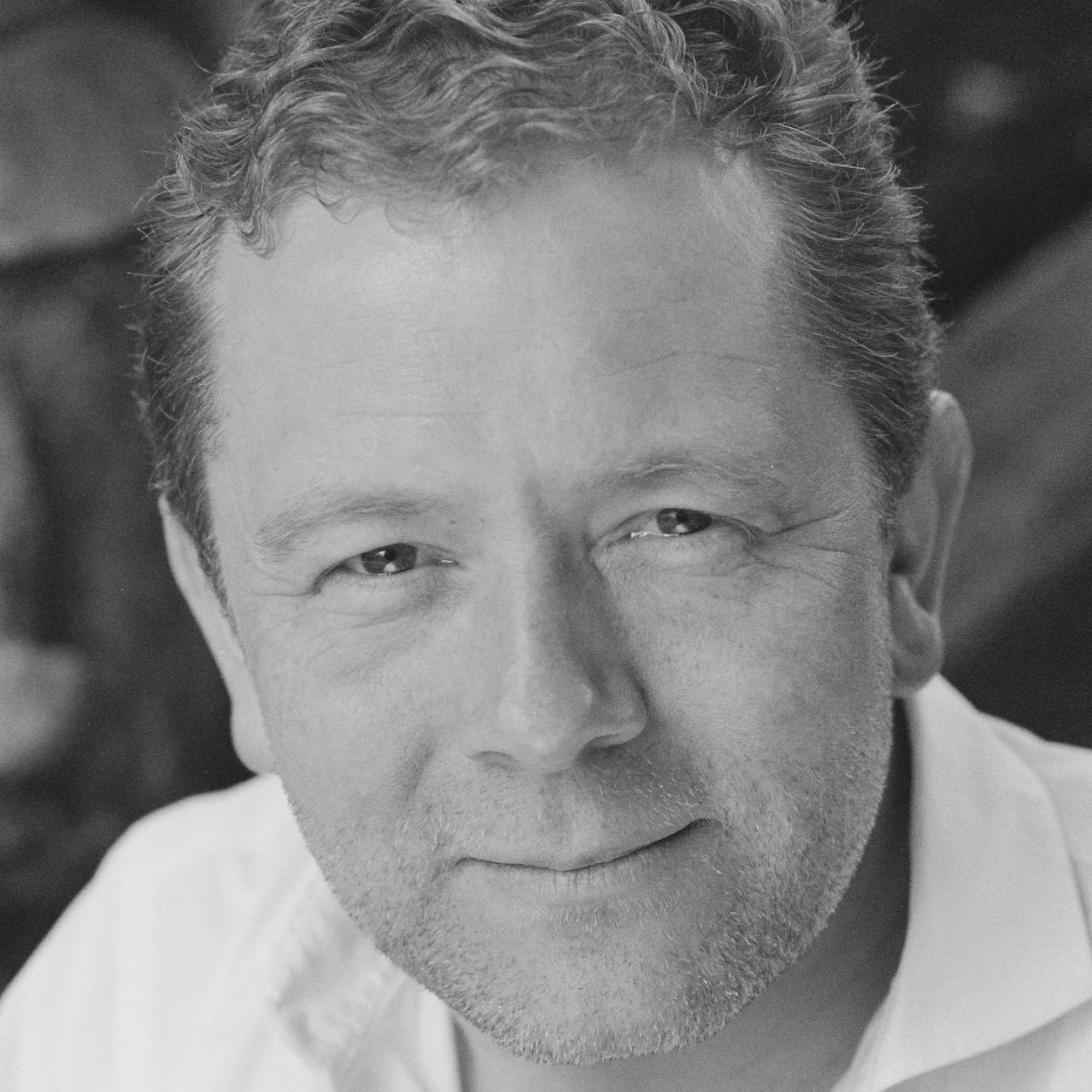Waxahachie, Texas. 8th April, 6.10am. With ominous nervousness I peer through the curtains to ascertain what manner of weather shall greet our solar eclipse day.
Of all the accursed luck! Swathes of thickest cloud like loft insulation are plastered across the entire skyscape. Damn and blast!
The philosophical words of Patrick Moore spring to mind: “Never, ever give up. No matter how hopeless the weather may seem. Things can always come right just when you need them to.”

At that second, a hazy sunbeam defiantly bursts through sending a shaft of illuminated hope into the hotel room. Could we really be gifted the clarity we crave at the vital moment?
Upon heading outdoors, a fresh feeling begins to swell amongst the gathered astronomers. And it’s infectious.
Hope, even audacity, that the weather may actually cooperate with us, with still two hours before first contact.
The upbeat hopefulness swells as the cloud gaps continue broadening out. The sense of captivation is racing as all gathered make their observations in their preferred way.

Dr Paul Abel composes his scientific diagrams in a manner befitting William Herschel.
Pete Lawrence has solar telescopes, filters and cameras locked so as not to miss a micron of the event.
Kevin McNulty from the RAS charmingly creates a watercolour capturing the visuals and emotional experience of the event.

Nine minutes until totality, and the faint crescent Sun is crossed with a bulky cloud chunk.
Like a gaseous Madagascar passing over with the stealth of a Star Wars battle cruiser.
McNulty looks up and assesses this vapour monolith.
"About five minutes for that one," he says. It turns out to be an accurate estimate.
Precisely five minutes later this crude sky blocker passes to reveal the tiniest hairline of sunlight.

One minute to totality, and only a gossamer thin stretch of cloud covers the Sun, adding ghostly texture to the view.
Then suddenly, amongst giddy cheers of awe, Bailey’s beads give way to our first diamond ring of the purest light it is possible to ever behold.
Like a stage magician pulling away a silken veil, the final whisp of cloud departs.
The lunar shadow extinguishes the remaining daylight from the zenith of the sky, as though some heavenly being had flicked the switch.

Within a deep, inky electric blue sky, Venus and Jupiter materialise pin-sharp, as if to admire the view of their parent star with us gathered Earthlings.
Above the horizon the soft peach glow at the edge of the lunar shadow shimmers with the deep ocean blue of the sky.
What an ethereal borderline the two hues create.
The flamboyance of this corona is a classic: similar to 1999 but fluffed up and blow dried; if I can describe it that way.
The prominences spark majestically, like backlit crystal goblets of red wine.

Having been spoiled to more than four glorious minutes, our second diamond ring gracefully announces the end of totality.
That purest point of light returns.
I wonder if that spot of light is how the Sun appears on Jupiter.
An eerie sheen of pale ochre light bathes the entire scene in soft sepia shades, evocative of a photo taken in 1840.

Witnessing this eclipse has been like the astronomical version of Roy of the Rovers.
All had once seemed hopeless, yet here above us was the most pristinely beautiful, perfect, total solar eclipse.
The memory of this has joined the indelible array of past eclipses, etched deeply upon the heart.
At some future closing moment of mortality, as the images of life flash before the mind, I know that this event will proudly be amongst them.
Read Jon Culshaw's report on the October 14 2023 annular solar eclipse

